Hello! This is the second post in my Backyard Bug Study series. Did you know there are over one million different kinds of insects? How about that for every one human there are two million of them? Or that they are in nearly all habitats? Or did you know there are over a five billion bugs in the world? No wonder we are so familiar with them!
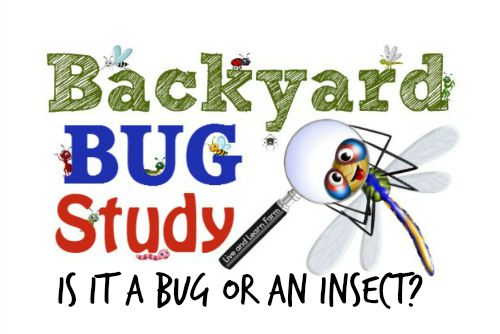
Bugs. What are bugs? Many people use the word “bugs” interchangeably for “insects.” But should they? So lets see if we can decide… is it a bug or an insect?
Let’s start with some scientific information about insects. Insect scientists, called entomologists, categorize all of creation. For insects they are in the Kingdom of Animalia (animals), the Phylum of Arthropoda and their Class is Insecta (comes from insectum and it means cut into sections). Arthropods are animals that lack a backbone, which are called invertebrates. There are several types of arthropods classified into groups that have common traits. In this article I will be discussing what insects and bugs are and how you can tell them apart.
What are Insects?
Here are some of the characteristics that insects have, that bugs may not.
- Six Jointed Legs – All insects have legs that have three sections. Look at praying mantis for a great example of this.
- Segmented Body – Head, Thorax (The midsection of the body) and Abdomen (the tail end) are the main 3 parts of an insect’s body.
- Breathe through tiny holes in their bodies called spiracles – These tiny holes let air in through the exoskeleton and directly to the trachea (The windpipe) and then into the lungs.
- Antennae/Feelers – They use echolocation to send sound waves that bounce off of objects then come back. Bats and dolphins also use echolocation. They can figure out distance by how long it takes for the sound to bounce back to them.
- Metamorphosis – What happens when the young body of an animal goes through a radical change in form when it grows up.
- Exoskeleton – An exoskeleton is sort of like a protective armor that insects have. It doesn’t grow with them though, so they have to molt / shed yearly and grow a new exoskeleton.
- Compound Eyes – Most insects have compound eyes, which means their eye is composed of thousands of tiny lenses.
Then what is a bug?
True bugs are insects, but they do have some differences. Some bugs have more than six legs, where insects, do not. Most true bugs will have an X or a V on their back. Also most true bugs have a proboscis (a straw-like mouth) so they can suck pollen and other things out of a flower. The wings are different for true bugs. The front wings of true bugs are thicker and colored near where they are attached to their body, and are more clear and thin towards the end of the wing. The hind wings are usually clear and under the front wings. Finally, true bugs also have three ‘life phases’ while insects have four stages. The true bug stages are: egg, larva/nymph, adult. The insects however, are: Egg, Larva/Nymph, Pupa, Adult.
What do they have in common?
Both have exoskeletons, and are invertebrates and have many other features that are the same such as: They both have three main body parts, they also have compound eyes, jointed legs, and most bugs have six legs like insects. Since there are even MORE things, I’ll put a diagram of some things that they have in common, and what they have different.
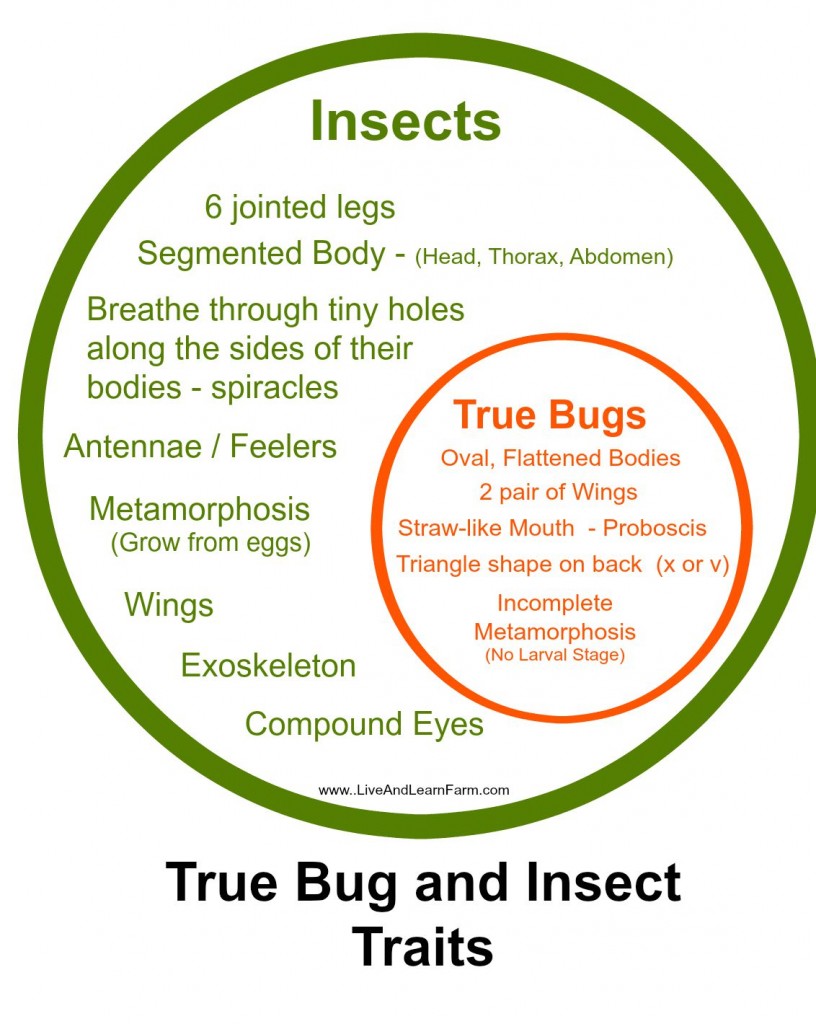
Activity: Bug and Insect Identification
Let’s take a closer look at nature! Let’s get into your backyard and see if we can identify some insects! First, remember you don’t want to touch bugs with your bare hands unless you know what the bug is! Remember some bugs bite and sting. So gloves, a net and tweezers are nice to have! When we go on a nature scavenger hunt, we try not to harm the things we are studying. So plan to release them after you are finished.

Items you will need to take with you.
- Magnifying Glass.
- Jar (with small air holes punched in the lid) to hold specimen. When we were little, we had something like this Bugwatch to use to examine bugs (and anything else we could fit in these containers)!
- Gloves.
- Tweezers.
- Bug Net.
- Notebook.
- Pencil.
- Camera. Our grandmother gave us real cameras when we were really little. I think I was six. I still have this camera and it is still takes great pictures. I do have to use tape on the battery compartment to keep it closed because I broke the cover several years ago!
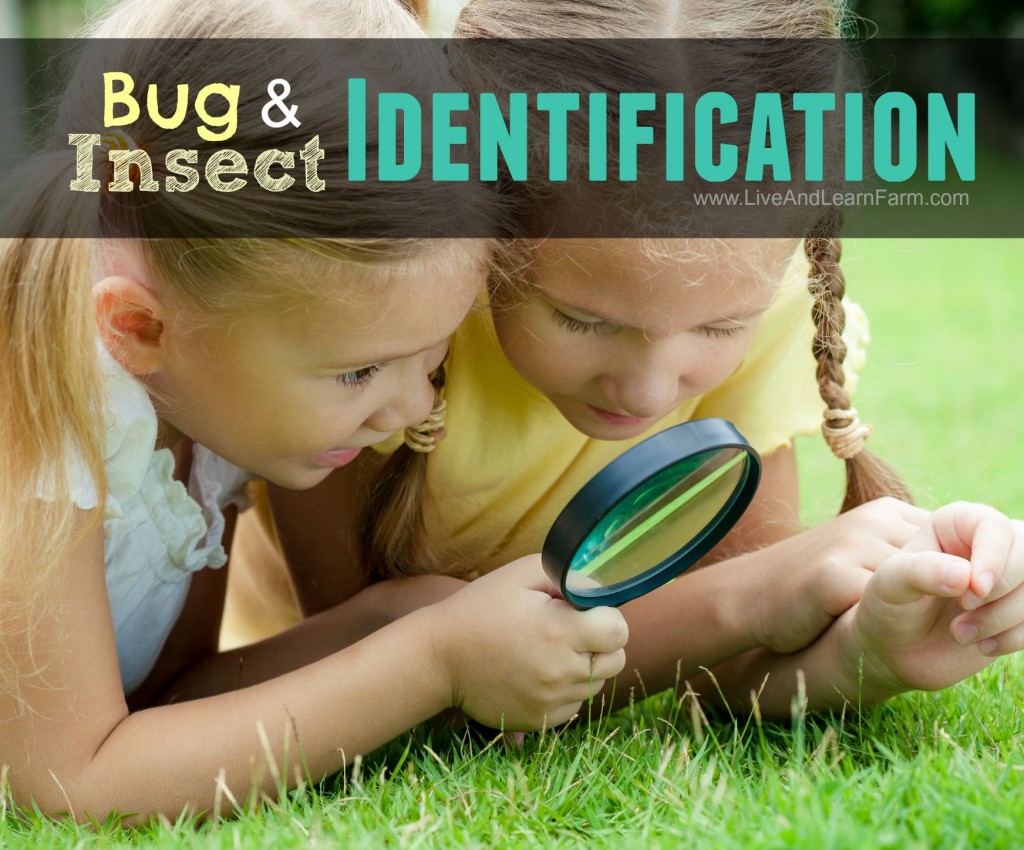
When you find a bug to study you can either look at it there where you found it or put it in your container. See if you can tell if it is an insect or bug by reviewing the chart above. Take a picture of it or draw it. My brother is writing a whole series on Nature Journaling. This might be a great time to start one!
Resources
Here are some great products that helped me write this article. I thought you might find them helpful too.
Flying Creatures by Apologia. This is the science curriculum we use in our homeschool.
Bugs. The World’s Best Terrifying Insects. We have had this book for years, but my brothers and I have all just sat around and read this book because it is so good.
Bug Hunter by Smithsonian. It is a hands-on guide to the natural world.
I hope this gives you an idea of what the differences are between bugs and insects. I’ll be writing lots of articles about insects in our backyard and we will talk about both, so I wanted to start here so we all could understand the differences… but I’ll still probably slip up and call them bugs!
I hope you enjoyed my article … until next time!




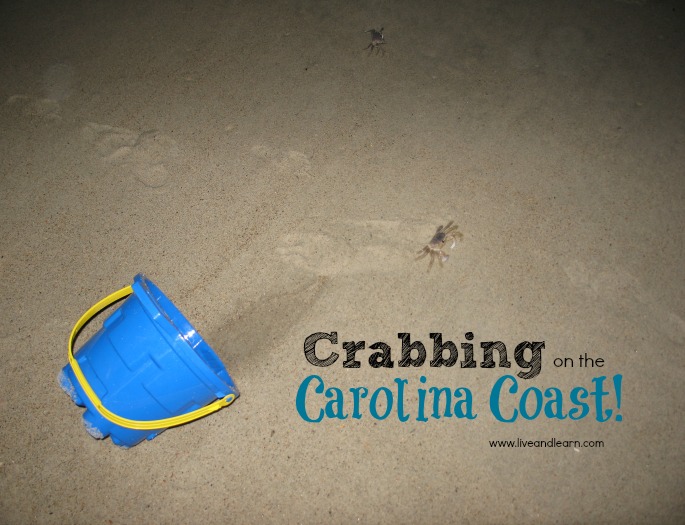

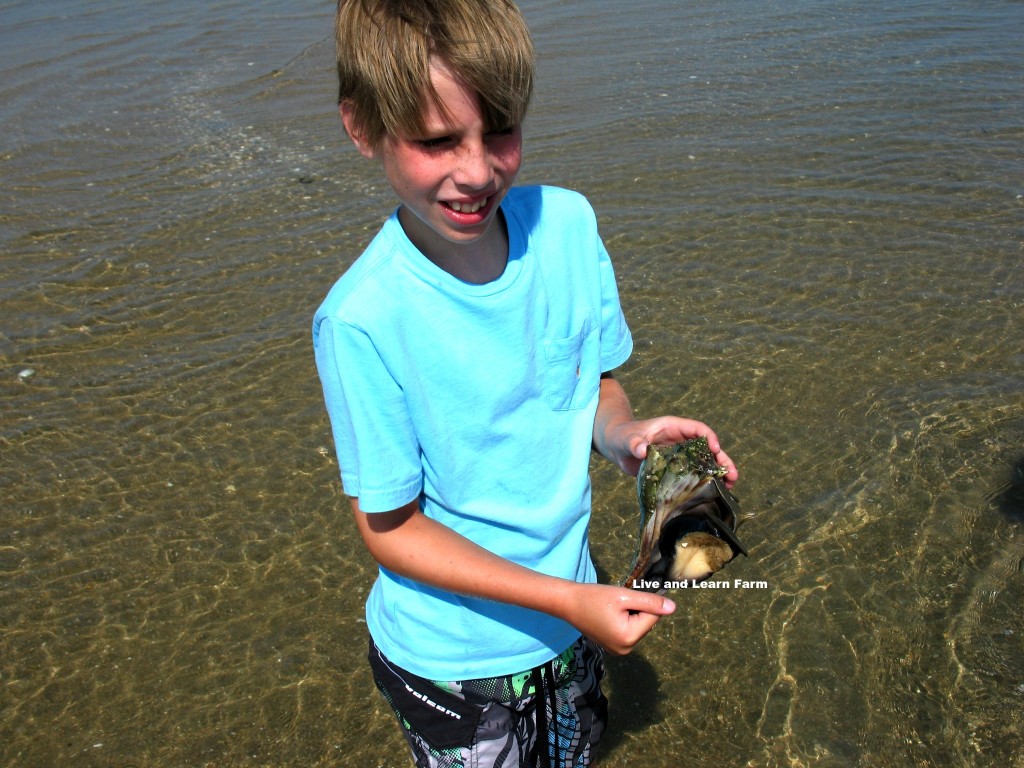











 bit of an extreme sport for some, but for others, like the people from my
bit of an extreme sport for some, but for others, like the people from my 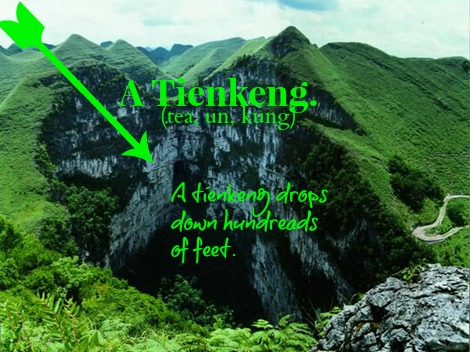 repelling gear to get into your cave. There are
repelling gear to get into your cave. There are 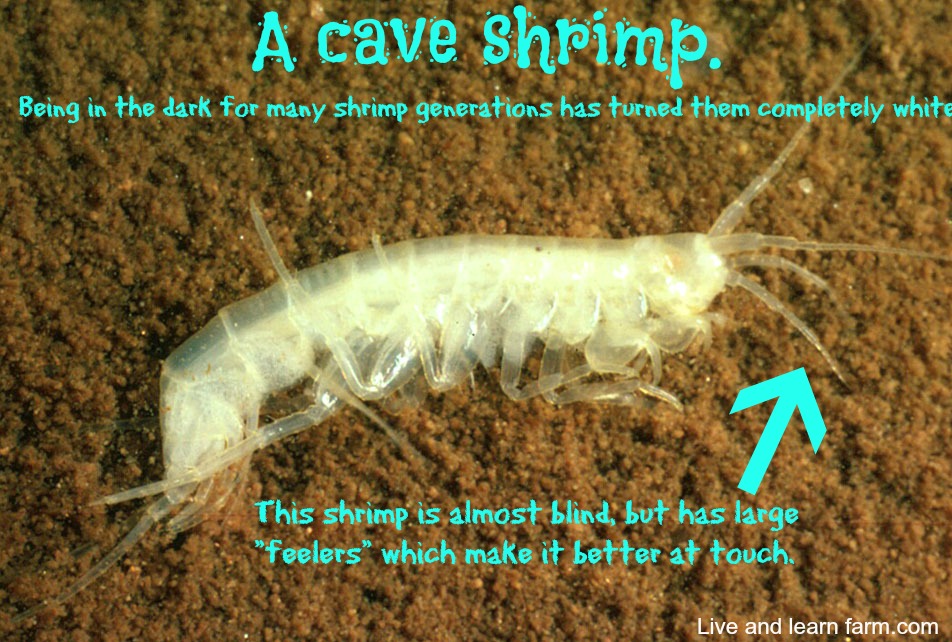 caves in Guangxi China called Tiankengs and they go straight down to a cave that winds through the ground. Other caves you can not even see because the cave is covered in brush and other times it may look like a normal crack in a mountain. And other times the cave is so obvious and huge, it’s scary.
caves in Guangxi China called Tiankengs and they go straight down to a cave that winds through the ground. Other caves you can not even see because the cave is covered in brush and other times it may look like a normal crack in a mountain. And other times the cave is so obvious and huge, it’s scary. 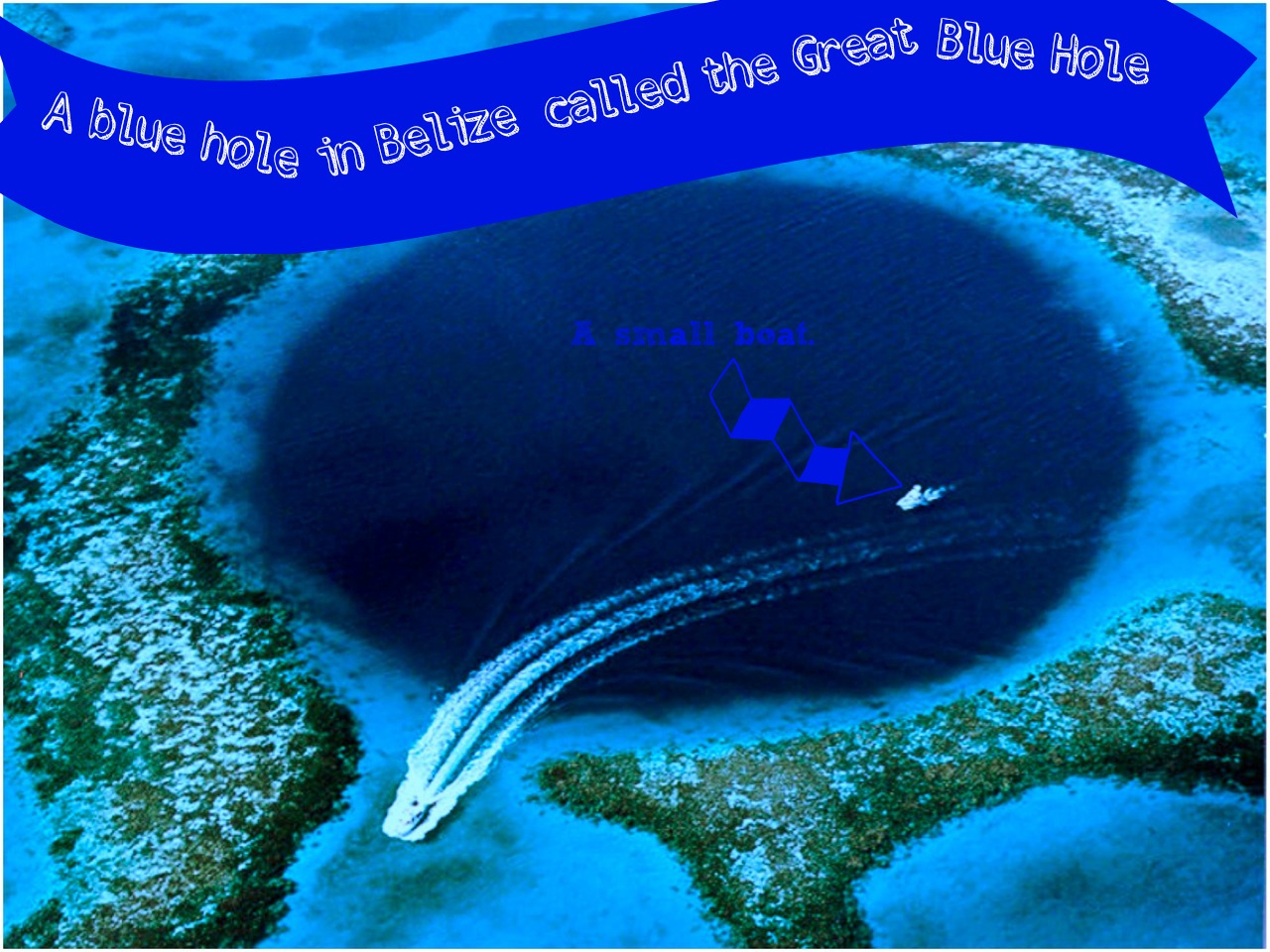 Another type of caving I would love to do is cave diving! Cave diving is much harder than caving because you have a limited time and you can easily get lost. There are special caves called blue holes that I REALLY want to dive in. They got their name because, from above, they look like well… blue holes in the water. But these underwater caves are some of the most treacherous ever, one wrong move and you might not ever get out. But it is worth it, because blue holes are special, they can hold bones from thousands of years ago. The way these caves preserve them so long is that one half of the water contains oxygen rich water and the other doesn’t and without oxygen the bacteria in the water can’t break down the bones so scientists and divers can recover these ancient bones and study them.
Another type of caving I would love to do is cave diving! Cave diving is much harder than caving because you have a limited time and you can easily get lost. There are special caves called blue holes that I REALLY want to dive in. They got their name because, from above, they look like well… blue holes in the water. But these underwater caves are some of the most treacherous ever, one wrong move and you might not ever get out. But it is worth it, because blue holes are special, they can hold bones from thousands of years ago. The way these caves preserve them so long is that one half of the water contains oxygen rich water and the other doesn’t and without oxygen the bacteria in the water can’t break down the bones so scientists and divers can recover these ancient bones and study them.  There is one more cave I want to talk about, it’s beautiful, dangerous, and 122 degrees Fahrenheit and can kill a human in 15 minutes. It’s the Crystal Caves of Mexico that was discovered by miners in 2000. But these aren’t normal crystals. Alright lets say you have a long strait crystal 2 inches wide by 2 inches thick and 6 inches tall, multiply that by 50 and you get the size of the crystals of this cave. That’s right, their huge, bigger then the average human in width and obviously length. And this cave is a paradise for geologist and virologists because some ancient bacteria are in these crystals. And there is a problem with exploring this cave, it will flood soon, so scientist are studying it as much as they can before it floods.
There is one more cave I want to talk about, it’s beautiful, dangerous, and 122 degrees Fahrenheit and can kill a human in 15 minutes. It’s the Crystal Caves of Mexico that was discovered by miners in 2000. But these aren’t normal crystals. Alright lets say you have a long strait crystal 2 inches wide by 2 inches thick and 6 inches tall, multiply that by 50 and you get the size of the crystals of this cave. That’s right, their huge, bigger then the average human in width and obviously length. And this cave is a paradise for geologist and virologists because some ancient bacteria are in these crystals. And there is a problem with exploring this cave, it will flood soon, so scientist are studying it as much as they can before it floods.